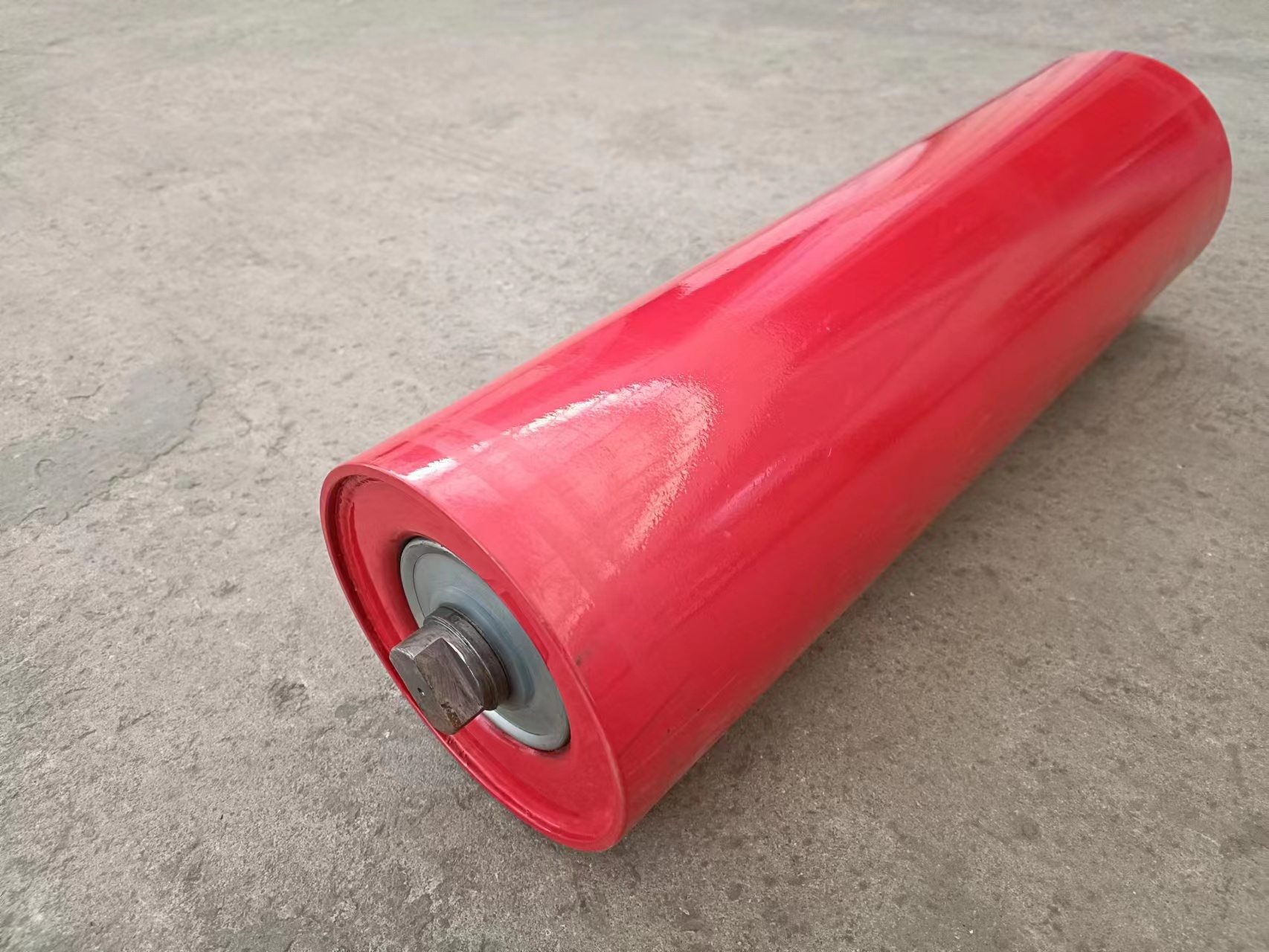 Afrikaans
Afrikaans  Albanian
Albanian  Amharic
Amharic  Arabic
Arabic  Armenian
Armenian  Azerbaijani
Azerbaijani  Basque
Basque  Belarusian
Belarusian  Bengali
Bengali  Bosnian
Bosnian  Bulgarian
Bulgarian  Catalan
Catalan  Cebuano
Cebuano  Corsican
Corsican  Croatian
Croatian  Czech
Czech  Danish
Danish  Dutch
Dutch  English
English  Esperanto
Esperanto  Estonian
Estonian  Finnish
Finnish  French
French  Frisian
Frisian  Galician
Galician  Georgian
Georgian  German
German  Greek
Greek  Gujarati
Gujarati  Haitian Creole
Haitian Creole  hausa
hausa  hawaiian
hawaiian  Hebrew
Hebrew  Hindi
Hindi  Miao
Miao  Hungarian
Hungarian  Icelandic
Icelandic  igbo
igbo  Indonesian
Indonesian  irish
irish  Italian
Italian  Japanese
Japanese  Javanese
Javanese  Kannada
Kannada  kazakh
kazakh  Khmer
Khmer  Rwandese
Rwandese  Korean
Korean  Kurdish
Kurdish  Kyrgyz
Kyrgyz  Lao
Lao  Latin
Latin  Latvian
Latvian  Lithuanian
Lithuanian  Luxembourgish
Luxembourgish  Macedonian
Macedonian  Malgashi
Malgashi  Malay
Malay  Malayalam
Malayalam  Maltese
Maltese  Maori
Maori  Marathi
Marathi  Mongolian
Mongolian  Myanmar
Myanmar  Nepali
Nepali  Norwegian
Norwegian  Norwegian
Norwegian  Occitan
Occitan  Pashto
Pashto  Persian
Persian  Polish
Polish  Portuguese
Portuguese  Punjabi
Punjabi  Romanian
Romanian  Russian
Russian  Samoan
Samoan  Scottish Gaelic
Scottish Gaelic  Serbian
Serbian  Sesotho
Sesotho  Shona
Shona  Sindhi
Sindhi  Sinhala
Sinhala  Slovak
Slovak  Slovenian
Slovenian  Somali
Somali  Spanish
Spanish  Sundanese
Sundanese  Swahili
Swahili  Swedish
Swedish  Tagalog
Tagalog  Tajik
Tajik  Tamil
Tamil  Tatar
Tatar  Telugu
Telugu  Thai
Thai  Turkish
Turkish  Turkmen
Turkmen  Ukrainian
Ukrainian  Urdu
Urdu  Uighur
Uighur  Uzbek
Uzbek  Vietnamese
Vietnamese  Welsh
Welsh  Bantu
Bantu  Yiddish
Yiddish  Yoruba
Yoruba  Zulu
Zulu Innovative Solutions for Efficient Power Transmission Using Friction Drive Pulley Systems
Understanding Friction Drive Pulley Systems
The friction drive pulley system represents a fascinating innovation in mechanical engineering that harnesses the principles of friction to transfer motion and power between different components. This system is particularly critical in various applications, from industrial machinery to everyday vehicles, where efficiency and reliability are paramount.
Mechanism of Action
At its core, a friction drive pulley system consists of two pulleys, one driven and one driving. The driving pulley is connected to a motor or another power source, while the driven pulley is connected to the load that requires motion. The connection between these two pulleys is made through a friction belt, which is typically made from rubber or another malleable material that provides the necessary grip.
When the driving pulley is set into motion by the motor, the friction between the belt and the pulley enables the transfer of rotational motion. The effectiveness of this system hinges on the coefficient of friction between the belt and the pulley surfaces. Higher friction will result in more efficient power transfer and less slippage. This efficiency is essential in ensuring that the driven pulley turns at the desired speed and torque.
Advantages of Friction Drive Systems
Friction drive pulley systems offer several key advantages. First and foremost, they are known for their simplicity and ease of installation. Unlike gear systems, which require precise alignment and intricate mechanical configurations, friction drives can be more forgiving regarding assembly and maintenance. This simplicity also translates into cost savings, as fewer complex components are needed.
Another significant advantage is the ability to transfer power smoothly. Because the transfer relies on friction, there are no abrupt motions that could cause wear on components. This reliability makes friction drive systems particularly appealing in applications where continuous operation is necessary, such as conveyor belts in manufacturing or transportation systems.
Additionally, friction drive systems can be adjusted relatively easily. By altering the tension on the drive belt, engineers can modify the speed and torque characteristics of the system. This adaptability makes friction drives versatile, allowing them to be used in scenarios that require variable power outputs.
friction drive pulley

Applications in Modern Engineering
The applications of friction drive pulley systems are diverse and numerous. In the automotive industry, they are commonly used in automatic transmission systems, where they facilitate smooth gear shifts without the need for complex mechanical linkages. In industrial settings, friction drives can be found in assembly lines, packaging machines, and even in elevators, where reliable motion transfer is crucial.
Moreover, friction drives are gaining traction in renewable energy systems, such as wind turbines. Here, they serve to regulate the rotational speed of the turbine blades, ensuring optimal energy generation regardless of wind conditions.
Challenges and Considerations
Despite their many advantages, friction drive pulley systems are not without their challenges. One of the primary concerns is wear over time; as the belt and pulleys interact, they can experience degradation, leading to reduced efficiency and potential failure. Regular maintenance and monitoring are essential to ensure longevity and performance.
Additionally, environmental factors such as temperature and humidity can impact the coefficient of friction, prompting the need for careful material selection and system design. Engineers must consider these factors to ensure the system remains efficient under various operating conditions.
Conclusion
In summary, friction drive pulley systems are a vital component in modern mechanical engineering, offering simplicity, adaptability, and smooth power transfer. Their applications span across numerous industries, highlighting their versatility and importance. While challenges exist, proactive maintenance and innovative design can help mitigate these issues, ensuring that friction drive systems continue to play a crucial role in the machinery of the future.
-
Revolutionizing Conveyor Reliability with Advanced Rubber Lagging PulleysNewsJul.22,2025
-
Powering Precision and Durability with Expert Manufacturers of Conveyor ComponentsNewsJul.22,2025
-
Optimizing Conveyor Systems with Advanced Conveyor AccessoriesNewsJul.22,2025
-
Maximize Conveyor Efficiency with Quality Conveyor Idler PulleysNewsJul.22,2025
-
Future-Proof Your Conveyor System with High-Performance Polyurethane RollerNewsJul.22,2025
-
Driving Efficiency Forward with Quality Idlers and RollersNewsJul.22,2025





























